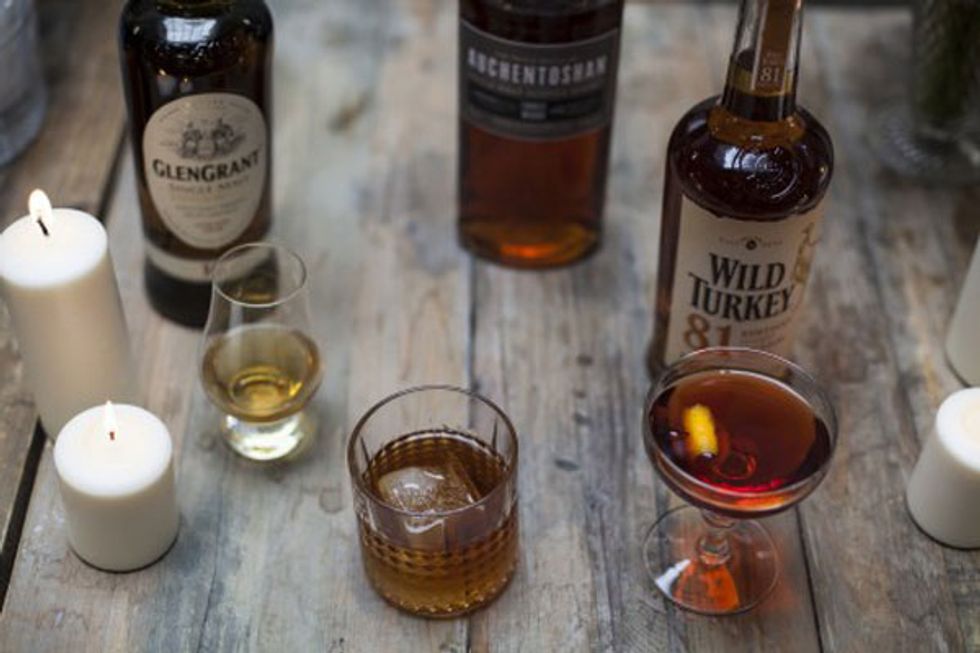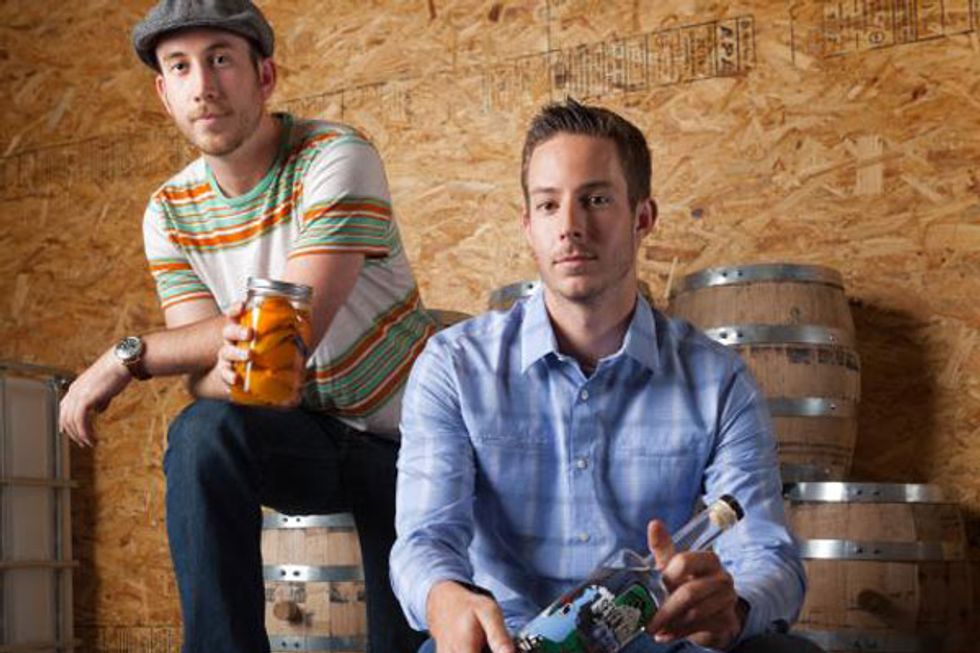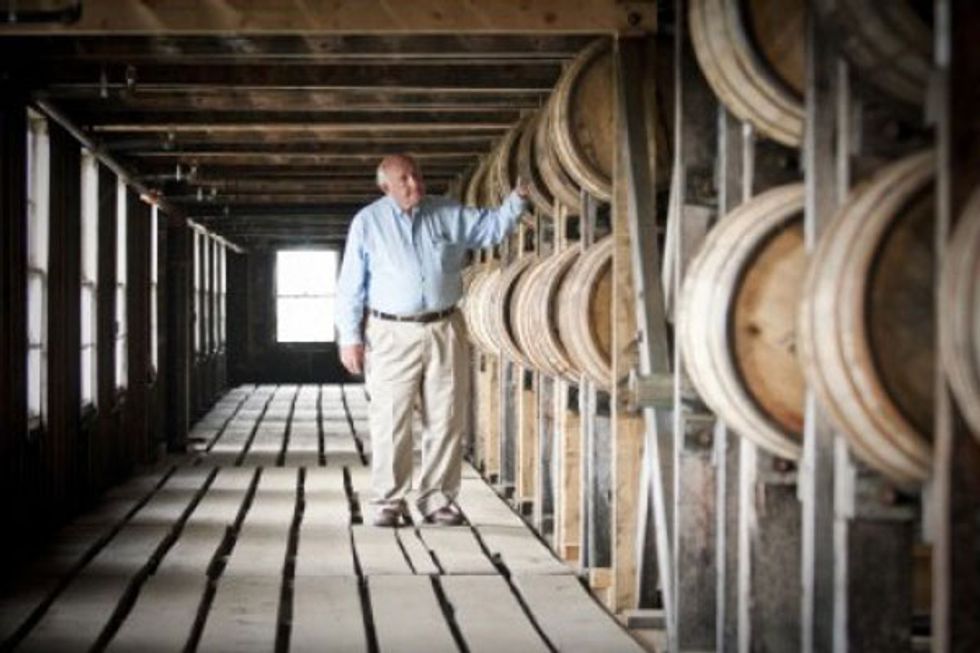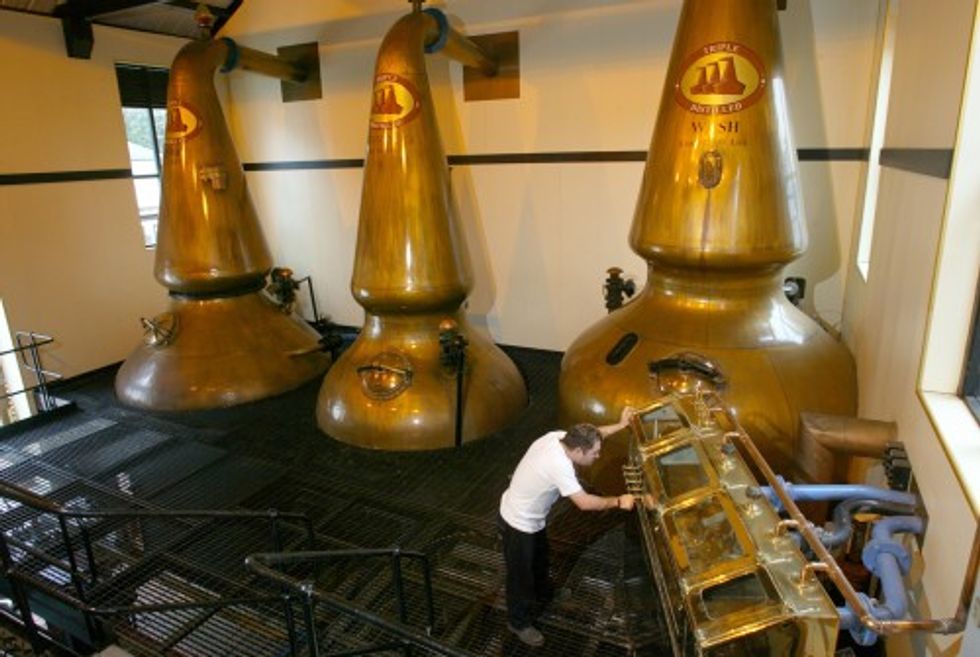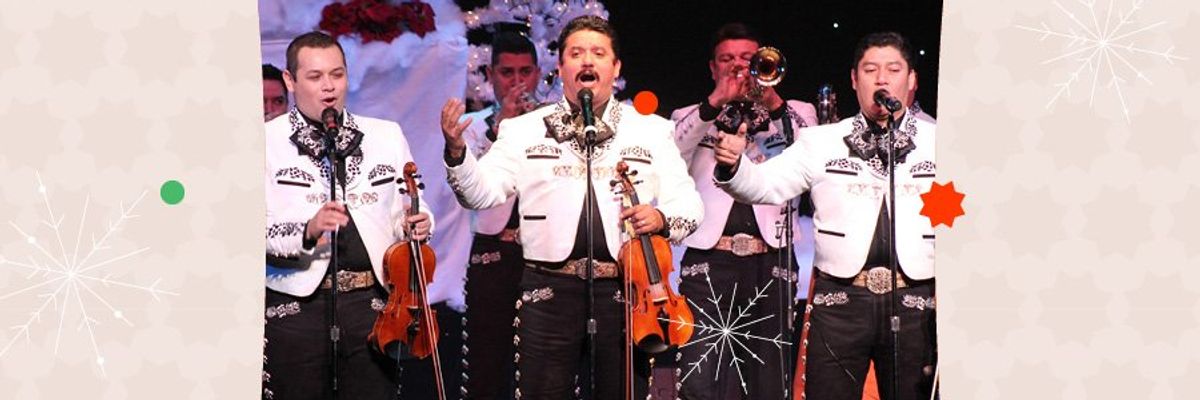What in the name of Jack Daniel's is the difference between whiskey and bourbon, scotch and Irish whiskey, and whiskey and whisky? In honor of the annual Whiskies of the World Expo on Saturday, we’ve created a whiskey primer for the curious. Read on to clear up the top five issues that confound everyone who isn't an expert.
1. What is whiskey, anyway?
Metaphorically speaking, if spirits were actually spiritual, whiskey would be Christianity, and the various subgroups would be denominations. Scotch would be Protestant, Irish whiskey would be Catholic, and bourbon would be Baptist. Canadian whisky would probably be Episcopalian, and Tennessee whiskey would worship at the Foursquare Gospel Church.
In other words, they're all whiskies. Some are also scotch or bourbon, based on where they're made, what they're made from, and how they're aged.
Seven Stills of SF founders Clint Potter and Tim Obert age their American craft whiskey in Dogpatch. Photograph by Scott R. Kline.
At its most basic, whiskey is a distilled alcoholic beverage made from fermented grain mash and aged in a wooden cask. This covers everything from Jack Daniel's to Jameson to Japanese single malt whiskies. Flavor profiles vary widely from earthy and smoky to syrupy sweet, but the underlying taste is dark and oaky.
"If it touches oak, you can call it whiskey," says Daniel Yaffe, author of "Drink More Whiskey" and founder/former editor of Drink Me magazine. "American whiskey doesn't mean anything [specific] any more. Honestly, these distinctions don't matter all that much. You can get something that tastes like scotch but is American whiskey. You can get something that tastes like bourbon that is not made in America."
Seven Stills of SF, a nano-distillery headquartered in Dogpatch, makes an American craft whiskey that would never be mistaken for bourbon. Co-founders Tim Obert and Clint Potter just released a small batch of "Chocasmoke" whiskey, made from a chocolate oatmeal stout they brewed and perfected themselves.
"We spent a good part of 2012 hammering out this recipe," says Potter. "We replaced some of the typical two-row malt with peated malt, and we used a lot of chocolate malt, so the name Chocasmoke really sums up the profile: chocolatey and smoky at the same time. It pays homage to scotch, but it is definitely not a scotch-style whiskey."
2. What is bourbon?
In order to bear the bourbon label, a whiskey must meet additional, strict criteria. For starters, it must be made in the US from mash that is at least 51 percent corn, then aged in a new, charred oak barrel for at least two years. In addition, it must be distilled to no more than 160 proof (80 percent alcohol), entered into the barrel for aging at no more than 125 proof (62.5 percent alcohol), and bottled at 80 proof (40 percent alcohol) or more, with no additives, other than pure water. Bourbon that has been aged for more than two years can be called "straight" bourbon. Bourbons have a sweet, rich flavour that can border on syrupy. Generally, American whiskies are bourbon, or made to taste like bourbon, so the difference between the two is in name only.
Wild Turkey Master Distiller Jimmy Russell checks his aging stock. Photo provided by Campari America.
Maker's Mark, Wild Turkey, and Jim Beam are all bourbons, which brings us back to Jack Daniel's. Why is this notably honeyed spirit labeled whiskey and not bourbon? Jack Daniel's is filtered through sugar maple charcoal prior to aging. This extra step gives Jack Daniel's its signature, sweet taste. But that flavoring process is considered an additive, which bourbon rules do not allow.
3. What's scotch?
Scotch's requirements are fewer than bourbon's. In addition to being 100% made in Scotland, Scotch whisky is typically made from barley that has been smoked over peat. Other whole cereal grains are allowed in the mash, as is caramel coloring, but no other additives can be used. The spirit must be aged for at least three years in oak casks, though the barrels needn't be new.
Scotch is aged longer than bourbon primarily because of climate. Maturation happens when the spirit comes in contact with the wood. The liquor is drawn into the wood when it's hot and pressed back out when it's cold. In hotter climes - such as Kentucky and Tennessee - the oak barrels expand and contract frequently as the temperature fluctuates from day to night and summer to winter.
Scotland's Bowmore Distillery in Islay, on a rare sunny day. Photo provided by Campari America.
"Scotland is different. It's miserable all year round," says Robin Coupar, Senior Brand Manager for Campari America's Fine Whiskies Portfolio, which includes Wild Turkey, Russell's Reserve, and Glen Grant. "You can tell it's summer in Scotland because the rain is slightly warmer. Dunnage houses are made of stone, the barrels are racked three-high, and the design of the warehouse is to have a consistent temperature year-round. This is why scotch takes longer to age than bourbon."
Scotch is decidedly dry, smoked and earthy, with varying levels of peat and richness. It has a reputation for being the most expensive and least approachable of the whiskies.
4. What about the other denominations?
After bourbon and scotch, the requirements for all the other whiskies seem trivial. Irish whiskey, which can be made in both Ireland and Northern Ireland, is usually distilled three times instead of twice, and peat is rarely used, resulting in a kindler, gentler spirit than scotch.
Officially, Canadian whisky is just whisky produced in Canada. But most Canadian whiskies are blended and made from multi-grain malts. They are known as the lightest and smoothest of the genre, and are usually balanced with a bite of rye.
Japanese whisky must be made in Japan, where distillers are known for making high-quality single-malt whiskies reminiscent of some of the best scotches on the market In fact, in a blind taste test, you’d be hard pressed to tell the difference between a Japanese single-malt and a Scotch whisky. Then there's Kentucky bourbon, which must be bourbon and made in Kentucky, and Tennessee whiskey, which must meet bourbon’s requirements, be made in Tennessee, and – as of last year – must be charcoal filtered. They all taste like bourbon, with Tennessee whiskey falling on the sweeter end of the flavor scale.
Auchentoshan, the only triple-distilled whisky in Scotland, is made here in the wash, middle, and spirit stills. Photo provided by Campari America.
5) Whisky or Whiskey?
You may have noticed that we have been spelling the subject of our story with and without an "e". And while it might seem random, there is actually rhyme and reason. The word "whisky" comes from an abbreviated mispronunciation of the Gaelic word "uisce beatha," which translates to water of life. Scots spelled it "whisky” so the Irish, naturally, chose to spell it "whiskey." Japan and Canada tend to side with the Scots, while Americans have a slight preference for "whiskey," though we aren't really particular about the spelling. If you're looking for exceptions, you'll find plenty. If you're looking for a rule of thumb, you'll find that countries with an "e" in their name tend to also put an "e" in their whiskey.
Of course, either spelling is appropriate. In fact, according to Tim Obert from Seven Stills of SF, "There's no wrong way to spell it, and no wrong way to drink it."



